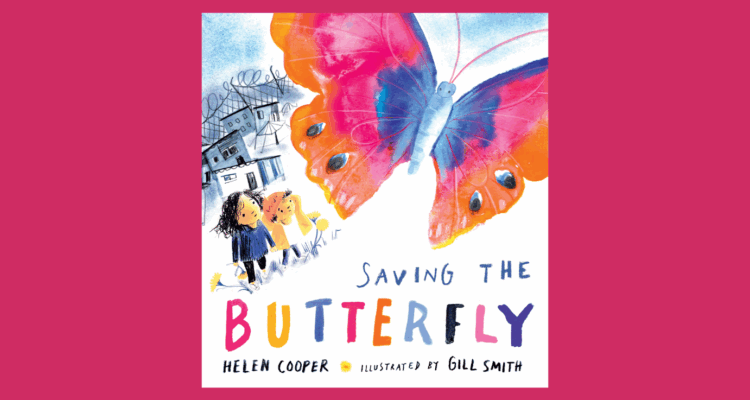Recommended Reads: Megan Abbott’s Die A Little

Megan Abbott. Die A Little Simon and Schuster, 2005.
Nineteen-fifties Hollywood has a seedy glamour that, half a century later, has acquired the status of myth. Like Dickens’s London, Joyce’s Dublin, and the Paris of Marcel Proust, the cultural landscape of Southern California is inscribed on the psyche of anyone who ever watched Humphrey Bogart cracking wise with Lauren Bacall, or read a novel by Raymond Chandler, or James M. Cain. The books, after all, fed off an atmosphere of ambition, ruthless greed, extravagant wealth and desperation. Grifters, aspiring actors, moguls and movie stars: myth making rarely comes with a backdrop as gaudy as this.
Whether they are set in Hollywood or not, hard-boiled novels and the shadowy films they inspired are rarely sympathetic to women, or even allow them a voice. Men control the narrative and the action, for the most part. When they don’t it is usually because they have been deceived by a woman, tempted by a flash of thigh, encouraged with sexual promises never fulfilled. This was the aftermath of World War Two. Men back from battle found women in their jobs and other men in their beds. In Fritz Lang’s movie The Big Heat, the all-American gingham-frocked wife of detective Dave Bannion is blown up in a car. That kind of woman was history.
Megan Abbott’s 2005 debut novel Die A Little takes a different view of the femme fatale. She is not a spider at the centre of a web but just a woman trying to make a living, like everyone else. In this novel ambitious women compete and conspire. They use what they have to get what they want and mean nothing by it but looking after themselves. When Lora King’s brother hooks up with Alice Steele, a glamorous studio wardrobe assistant, Lora’s ordinary life as a school teacher is transformed by her association with powerful press agent Mike Standish and a whirl of restaurants, nightclubs and parties. In an effort to protect her brother she is soon drawn into a world of drug deals, double lives, prostitution and murder.
The novel reads in many ways as if it might have been written in 1954, but for the fact that its point of view is very modern and very female. Here is Lora describing an acquaintance, Lois, whose chaotic behaviour fascinates her:
Alice’s friend Lois Slattery has a kind of crooked face, one perpetually bloodshot eye just higher than the other, and that Pan-Cake makeup you often see on what Alice calls “girls on the make.” She begins periodically appearing at Bill and Alice’s, each time without warning. Somehow, I end up, over and over again, having conversations with her. Each time thinking, Poor Lois, in a few years, she’ll have a slattern look to match her name. (p. 50)
This is a woman’s-eye-view of another woman and a world away from the usual dismissive masculine tone. Much of the detail in the novel is of the domestic sort. Baking ingredients, housekeeping and household objects are as central to this book as hats, coats, and guns in more traditional hard-boiled fiction.
In contrast with the 1940s and 1950s originals Abbott’s female characters are fully developed. They have hopes and fears, they are jealous, angry, but also concerned and loving. Lora sees Alice as a threat to her brother’s career in the district attorney’s office and to her relationship with him. But she also wants at some level to make the new family work, at least until she knows the truth. What she doesn’t bargain for is the extent of Alice’s corruption, or the lengths to which she must go to root it out.
Abbott’s novel is a compelling story of one woman’s quest to save her brother, but it is also striking for the way its authentic noir style is combined with a modern, archly knowing approach. This is a stylish book that eases its perfectly made-up face right in close and whispers “Read me: I’m good.”
_____
Share
Related Articles

Storybarn Book of the Month: Saving the Butterfly
This month, as part of Refugee Week (16-22 June), we've been taking a look back at one of our favourites…

June’s Stories and Poems
This month we are celebrating the natural world, and especially the many wonderful creatures that live within it, with June’s…

April’s Monthly Stories and Poems
Our year of Wonder with The Reader Bookshelf 2024-25 is coming to a close – though we won’t be putting…


